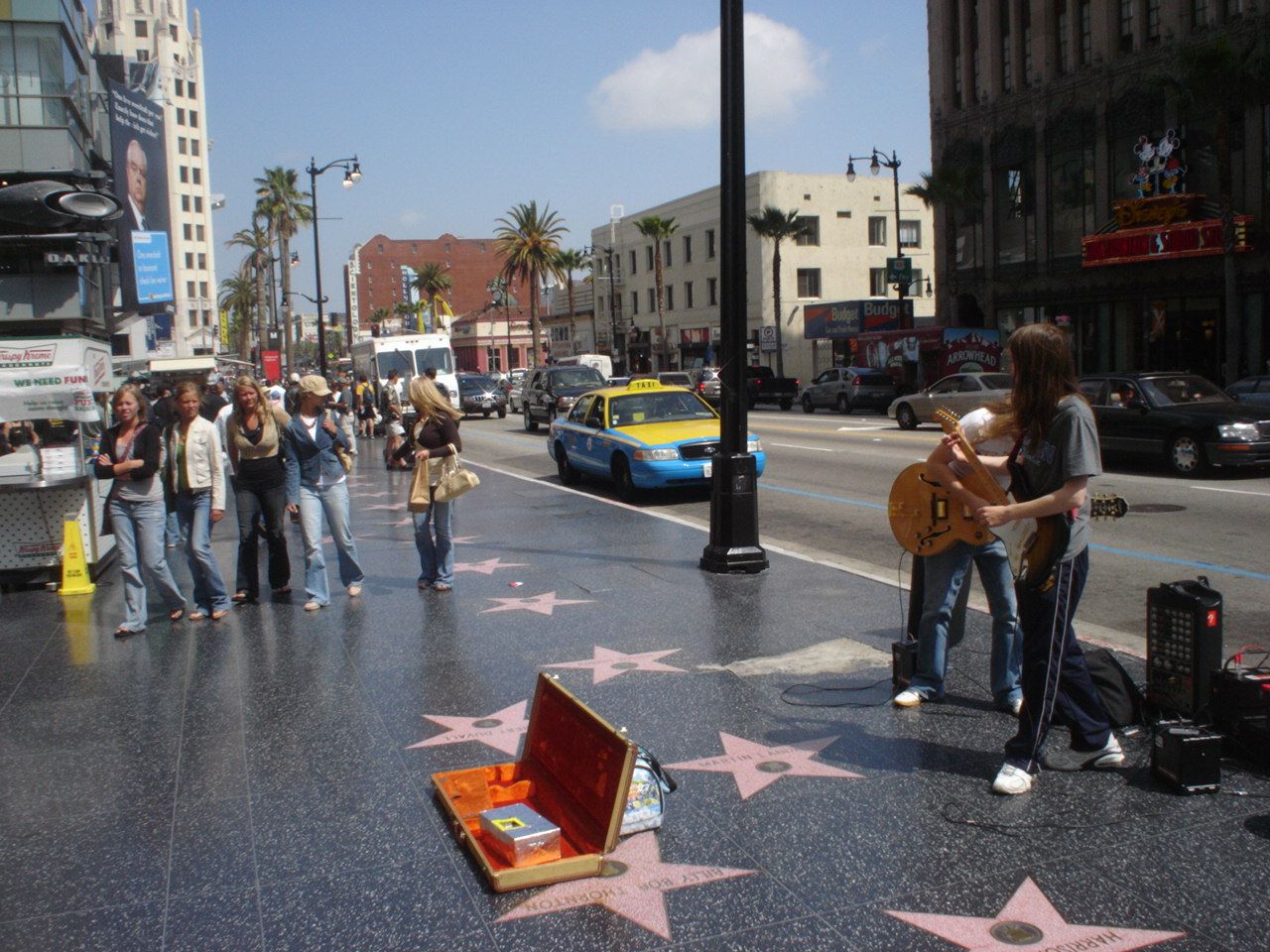|
Ruhmeshalle (Wuppertal)
The Barmer Ruhmeshalle is a historic building in the Barmen district of the German town of Wuppertal, originally built as a hall of fame A hall, wall, or walk of fame is a list of individuals, achievements, or other entities, usually chosen by a group of electors, to mark their excellence or Wiktionary:fame, fame in their field. In some cases, these halls of fame consist of actu .... It was officially known as the ''Kaiser Wilhelm- und Friedrich-Ruhmeshalle'' and later as the ''Haus der Jugend''. Bibliography * Lutz Engelskirchen: ''Die Barmer Ruhmeshalle. Von Bürgertum und Bürgergeist in Barmen.'' Göttingen: Cuvillier, 1996. External links Article on the Heydt-Museum Wuppertal site Buildings and structures in Wuppertal {{NRW-struct-stub ... [...More Info...] [...Related Items...] OR: [Wikipedia] [Google] [Baidu] |
Barmen
Barmen is a former industrial metropolis of the region of Bergisches Land, Germany, which merged with four other towns in 1929 to form the city of Wuppertal. Barmen, together with the neighbouring town of Elberfeld founded the first electric suspended monorail tramway system, the Schwebebahn ''floating tram''. History Barmen was a pioneering centre for both the early industrial revolution on the European mainland, and for the socialist movement and its theory. It was the location of one of the first concentration camps in Nazi Germany, KZ Wuppertal-Barmen, later better known as Kemna concentration camp. Oberbarmen (Upper Barmen) is the eastern part of Barmen, and Unterbarmen (Lower Barmen) the western part. One of its claims to fame is the fact that Friedrich Engels, co-author of ''The Communist Manifesto'', was born in Barmen. Another of its claims is the fact that Bayer AG was founded there by Friedrich Bayer and master dyer Johann Friedrich Weskott with the express pur ... [...More Info...] [...Related Items...] OR: [Wikipedia] [Google] [Baidu] |
Germany
Germany,, officially the Federal Republic of Germany, is a country in Central Europe. It is the second most populous country in Europe after Russia, and the most populous member state of the European Union. Germany is situated between the Baltic and North seas to the north, and the Alps to the south; it covers an area of , with a population of almost 84 million within its 16 constituent states. Germany borders Denmark to the north, Poland and the Czech Republic to the east, Austria and Switzerland to the south, and France, Luxembourg, Belgium, and the Netherlands to the west. The nation's capital and most populous city is Berlin and its financial centre is Frankfurt; the largest urban area is the Ruhr. Various Germanic tribes have inhabited the northern parts of modern Germany since classical antiquity. A region named Germania was documented before AD 100. In 962, the Kingdom of Germany formed the bulk of the Holy Roman Empire. During the 16th ce ... [...More Info...] [...Related Items...] OR: [Wikipedia] [Google] [Baidu] |
Wuppertal
Wuppertal (; "''Wupper Dale''") is, with a population of approximately 355,000, the seventh-largest city in North Rhine-Westphalia as well as the 17th-largest city of Germany. It was founded in 1929 by the merger of the cities and towns of Elberfeld, Barmen, Ronsdorf, Cronenberg and Vohwinkel, and was initially "Barmen-Elberfeld" before adopting its present name in 1930. It is regarded as the capital and largest city of the Bergisches Land (historically this was Düsseldorf). The city straddles the densely populated banks of the River Wupper, a tributary of the Rhine called ''Wipper'' in its upper course. Wuppertal is located between the Ruhr (Essen) to the north, Düsseldorf to the west, and Cologne to the southwest, and over time has grown together with Solingen, Remscheid and Hagen. The stretching of the city in a long band along the narrow Wupper Valley leads to a spatial impression of Wuppertal being larger than it actually is. The city is known for its steep ... [...More Info...] [...Related Items...] OR: [Wikipedia] [Google] [Baidu] |
Hall Of Fame
A hall, wall, or walk of fame is a list of individuals, achievements, or other entities, usually chosen by a group of electors, to mark their excellence or Wiktionary:fame, fame in their field. In some cases, these halls of fame consist of actual halls or museums that enshrine the honorees with sculptures, plaques, and displays of memorabilia and general information regarding the inducted recipients. Sometimes, the honorees' plaques may instead be posted on a wall (hence a "wall of fame") or inscribed on a sidewalk (as in a "walk of fame", "walk of stars", or "avenue of fame"). In other cases, the hall of fame is more figurative and consists of a list of names of noteworthy people and their achievements and contributions. The lists are maintained by an organization or community, and may be national, state, local, or private. Etymology The term "hall of fame" first appeared in German with the Ruhmeshalle (Munich), Ruhmeshalle, built in 1853 in Munich. The Walhalla (memorial), W ... [...More Info...] [...Related Items...] OR: [Wikipedia] [Google] [Baidu] |
.jpg)

